Quick HIIT Cardio Workout 💨 7 Minutes! 💨
Need A Quick HIIT Cardio Workout?
Then this post is for you! Today’s 7-minute workout will have you dripping in sweat in just a matter of minutes.
Why? Because we’re doing a HIIT cardio workout today! That means we’ll be working anaerobically, pushing the body’s energy systems to burn massive calories, even after the workout has ended.
Make sure you do a 3-5 minute warmup before you get started in today’s short HIIT workout.
Wondering more about what makes HIIT cardio so effective? It’s super important to understand that not all cardio is created equal!
There are two very different types of cardiovascular exercise available – HIIT and LISS cardio.
HIIT stands for High-Intensity Interval Training and LISS stands for Low-Intensity Steady State training.
So, now that we know the names of these two types, it’s important to understand the differences between them, especially if you want to fine tune your results so you can reach your goals faster! Each cardio type, both HIIT and LISS, provides very different benefits and results.
And ideally, a great exercise program factors in a balance of both! So, what is the difference between HIIT & LISS cardio?
Let’s dive in…
Cardiovascular exercise is any exercise that increases your heart rate.
NOTE: To learn more about heart rate tracking, read this post.
All cardio works the heart and circulatory system, generating increased blood flow throughout the body to sustain movement. But the body has three different energy systems, which is very important to understand when we are looking at the difference between the two different types of cardio – HIIT and LISS.
1. THE PHOSPHAGEN SYSTEM
This is the energy system in your body that kicks in during the first 10 seconds of all movement and is primarily used in intense but short spurts of high-intensity exercise. The body relies on stored ATP, creatine and phosphates to generate energy during these first 10 seconds.
The phosphagen system is especially helpful for power-based athletes or anyone interested in improving their performance during rapid and/or explosive movements.
Though HIIT exercise is included in this realm, for most people (and especially runners), learning about this system isn’t as vital as discovering the difference between the other two energy systems in the body. Just know that this is the first system that fires up when any movement begins.
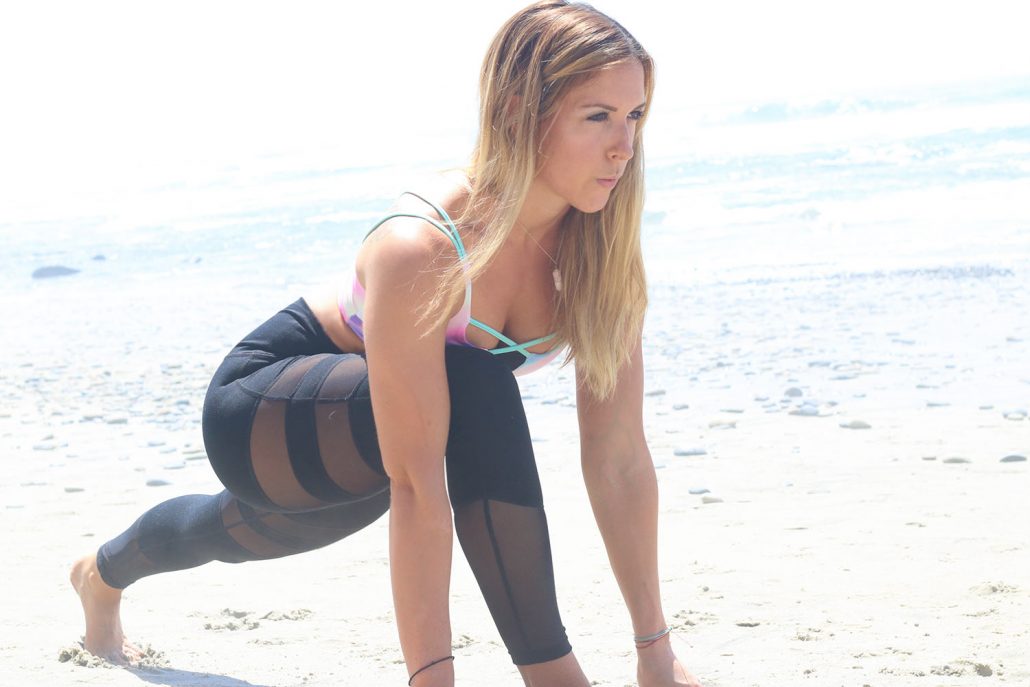
2. THE ANAEROBIC SYSTEM
The anaerobic system is utilized for energy during short bouts of intense exercise lasting from 10 seconds to up to 2 minutes of work. This system is the one the body uses during proper HIIT workouts. During this 10-second to 2-minute phase, the body primarily uses stored glycogen in the muscles, but no oxygen is yet involved in the energy transfer process.
Training anaerobically and doing HIIT workouts a few times per week is a great way to:
- get stronger and faster,
- have more endurance in your workouts,
- burn more calories (even while you sleep),
- increase your metabolism, and
- improve your overall physical performance.
It’s also great for helping boost metabolism, preserve the body’s lean muscle mass and gaining cardiovascular and fat burning benefits.
Because anaerobic training is so intense, it should not be done every day because the body needs time to recover and rebalance. HIIT cardio should only be done 1-2x per week for the average person.
Since these high-intensity workouts push the body’s anaerobic threshold or capacity to continue high-intensity work, the body experiences an “afterburn” effect post-workout where it takes several hours to return back to a state of homeostasis, or a rebalancing of the body’s “energy in, energy out” balance.
Even though you shouldn’t do HIIT cardio every day, this means that between your HIIT sessions you will continue to burn more calories even after the workout has ended. So you will still be burning calories, even while you sleep!
A great way to tell if you’re training anaerobically is to use the “Talk Test” to measure your effort and intensity. You should not be able to hold a conversation or even get out more than one word at a time while doing this type of exercise.
Make sure you push yourself to your physical limits, but keep in mind it is critical that your exercise form is perfect. The second your form fails, you should stop or rest.
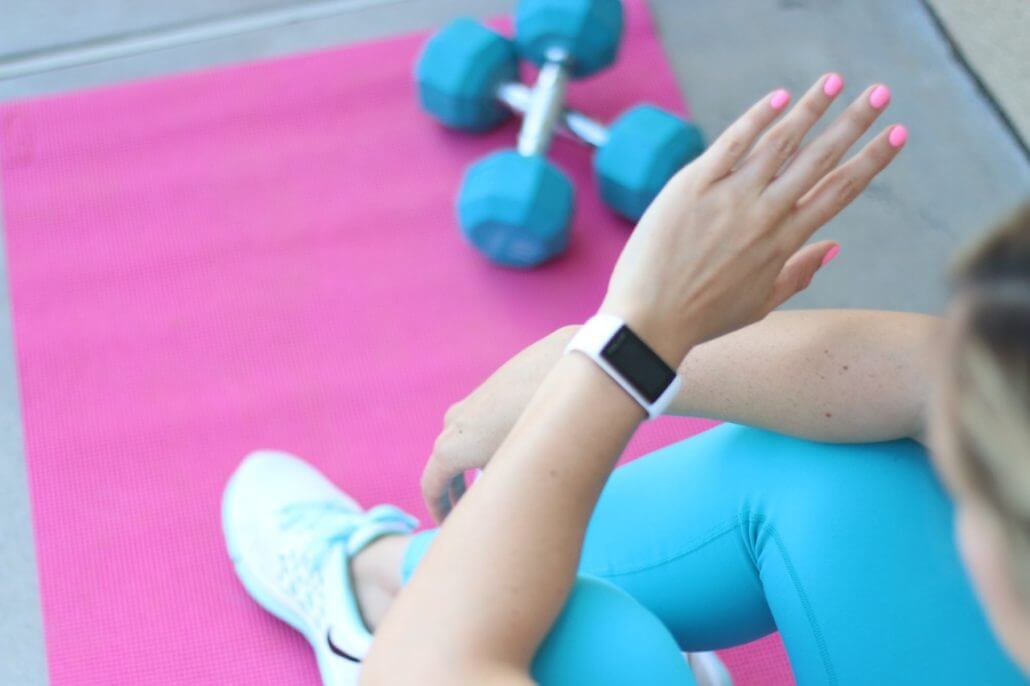
3. THE AEROBIC SYSTEM
After 2 minutes, the body starts using oxygen for energy inside the muscular system. Aerobic exercise can last from 10 minutes up to 2 hours by using this oxygenated blood to transfer energy to the working muscles.
Long-distance running is a great examples of aerobic exercise. LISS is a low intensity, long duration example of this type of training. LISS is great for:
- increased energy,
- better blood flow,
- a stronger heart,
- overall cardiovascular health, and
- in the initial stages of a workout program, effective fat burning.
However, due to the principle of adaptation, the body quickly adapts to become more aerobically efficient, so only doing LISS training can eventually become counterproductive to your goals, especially if one of your goals is long-term fat loss and maintenance.
To keep up with the body’s quick aerobic adaptation process, a person would need to continually run for longer and longer distances and durations just to burn the same amount of calories they did when they first started. That’s why having a balance of both types of cardio is so vital. It keeps the body guessing, and it helps prevent cardio plateau.
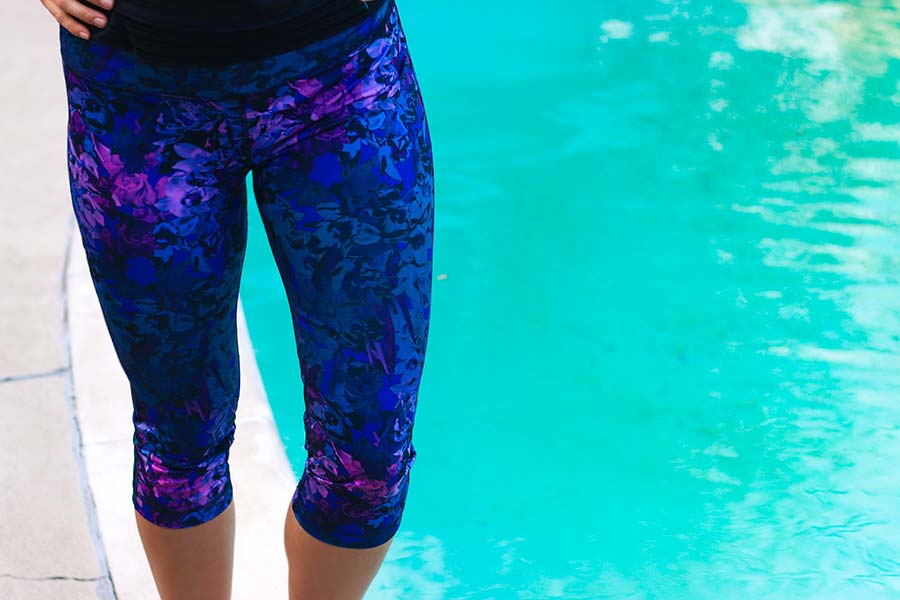
Most people can (and should) fit some sort of low-intensity steady state cardio into their daily routine, simply for the massive cardiovascular benefits it brings. But if you’re aiming to be faster, stronger, fitter, and have more endurance, plus want to capitalize on the long-term benefits of increased metabolism – make sure to add in 1-2 HIIT workouts per week as well!
Hopefully, this simple comparison of the body’s energy systems and how to utilize HIIT vs LISS cardio in the most effective ways has increased your understanding of what’s going on when you’re doing your cardio routines. Now you know how to make your cardio routine more efficient so you can reach your goals faster!
If you want new HIIT workouts to follow along with or other cardio routines to try other than running, you can find many great workout options on the Super Sister Fitness YouTube channel.

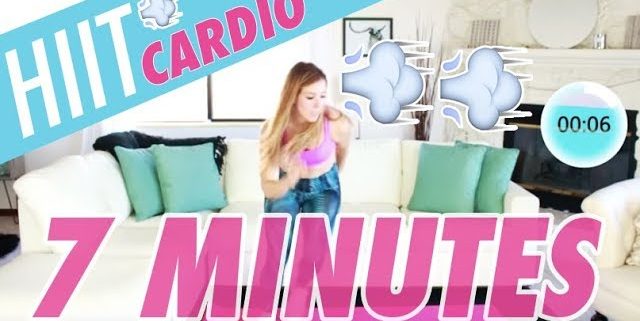
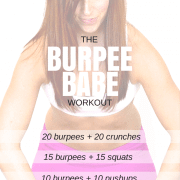
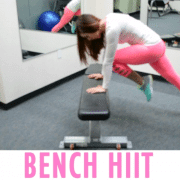
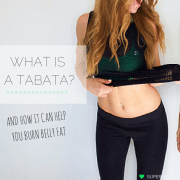
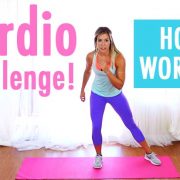
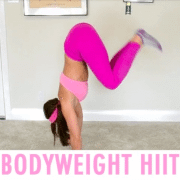

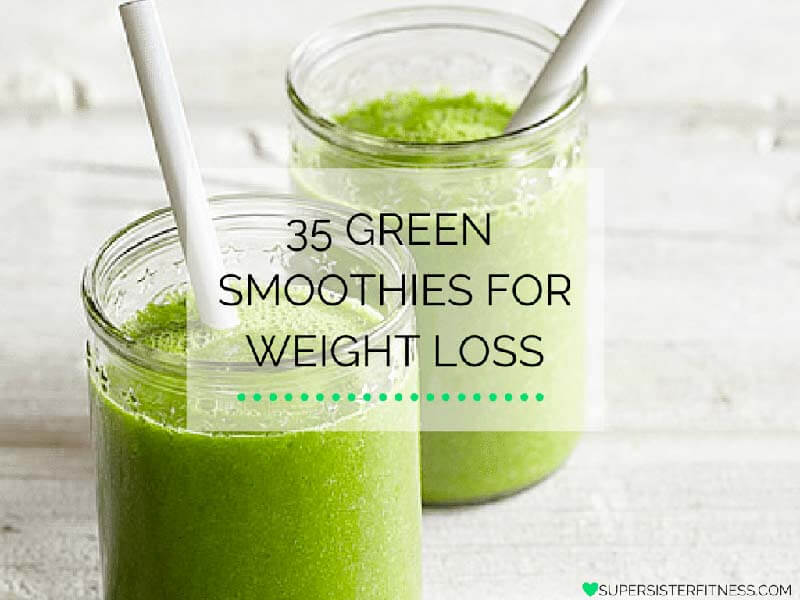
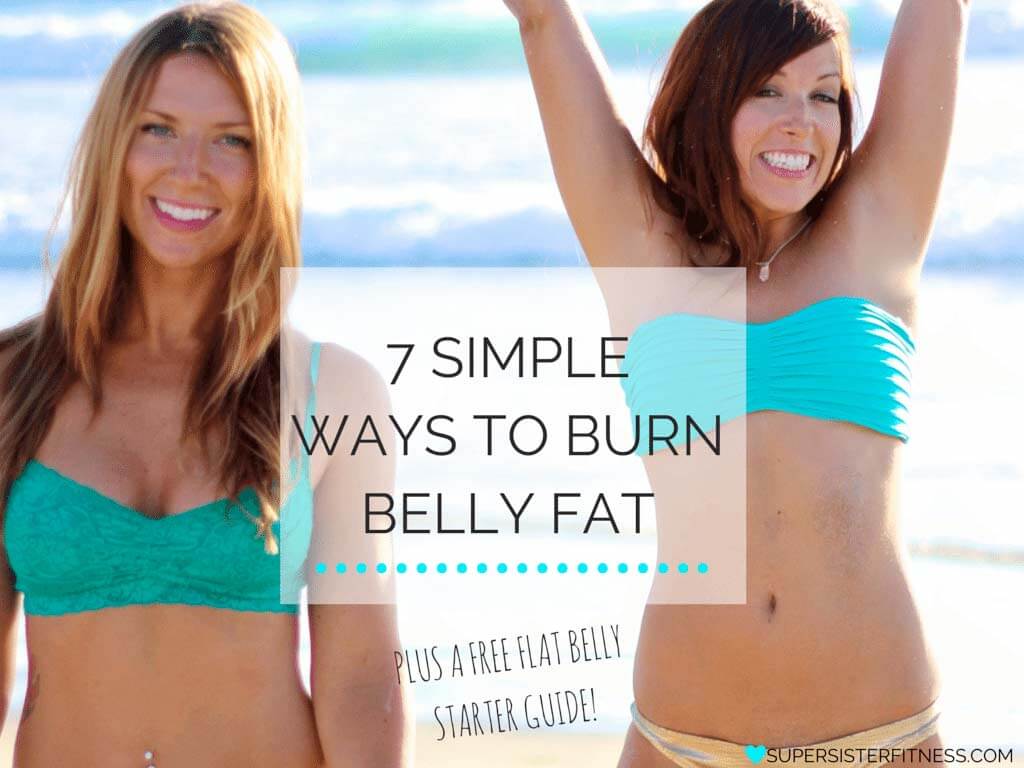



Comments are closed.